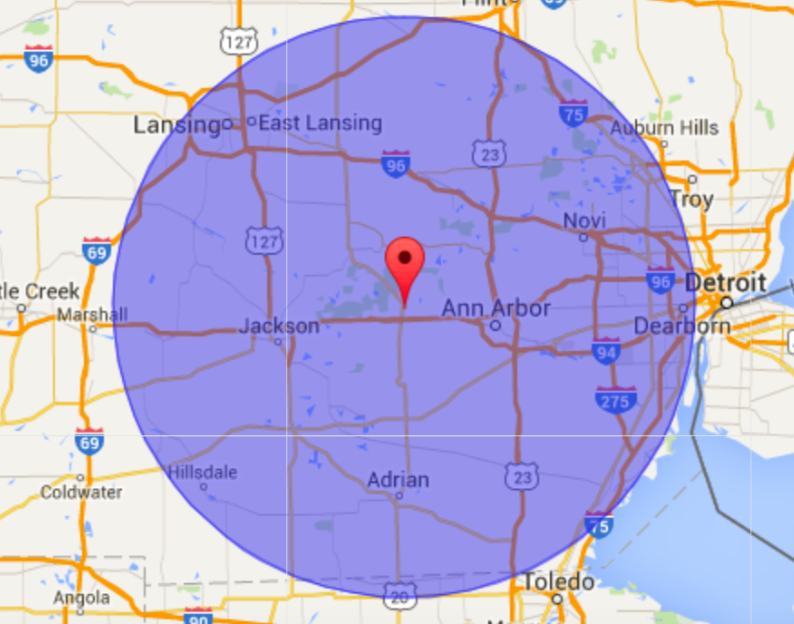|
ceramicsclayland.com
We all know that Chelsea is not the center of the world, but there are some fun activities to do with children here. We appreciate you coming to meet us in our little office in Chelsea, Michigan! Indoor fun The Chelsea Treehouse Kids play area & cafe https://www.thechelseatreehouse.com 1101 S. Main Street Chelsea, MI 48118 PAX Gymnastics-Tot Time (ages 1-5) Free range gym play, Monday-Friday 11-12 $5 drop in https://paxgymnastics.com/class/tot-time/ 375 E North, #101 Chelsea, MI 48118 Chelsea District Library Beautiful library with a nice children’s area & events https://chelseadistrictlibrary.org 221 S. Main Street Chelsea, MI 48118 Arctic Coliseum Ice rink, lessons, game area & restaurant https://arcticcoliseum.net 501 Coliseum Drive Chelsea, MI 48118 Ceramics Clayland Ceramic clay studio for adults & children ceramicsclayland.com 14030 N Territorial Road Gregory, MI 48137 Chelsea Lanes (bowling) 1180 S Main Street Chelsea, MI 48118 Outdoors and more Robin Hills Farm Trails, classes, food trucks, events https://www.robinhillsfarm.com 20390 M 52 Chelsea, MI 48118 Barn Sanctuary Animal rescue that offers youth programs & visits https://www.barnsanctuary.org/visit-the-barn/ 20179 McKernan Road Chelsea, MI 48118 Parks Timber Town Large wood playground, Gaga ball pit, Volleyball court Sibley Road & M 52 Chelsea, MI 48118 Pierce Park Playground, swings, green space 851 S Main Street Chelsea, MI 48118 Veteran's Park Ball field, stream, play wooden boat Located on the corner of Main Street (M-52) and Sibley Road Chelsea, MI 48118 Cavanaugh Lake County Park Playground on the lake 33 Cavanaugh Lake Road Chelsea, MI 48118 Nature Parks & Trails Storybook Trail chelseadistrictlibrary.org/storybook-trail/?fbclid=IwAR2vt8joK4KA9Xuz82_yh6L5HFOsjIApirrLCShovGIyxbigeUM2ZaZs1sE A .5 mile trail to walk & read Border to Border Trail b2btrail.org Park Lyndon South Hiking & picnic area 18801 N Territorial Road Chelsea, MI 48118 West Lake Preserve Short hiking trail 13900 Waterloo Road Chelsea, MI 48118 Waterloo State Recreation Area Camping, lakes, beaches, trails, biking https://www2.dnr.state.mi.us/parksandtrails/Details.aspx?id=506&type=SPRK 16435 Mc Clure Road Chelsea, MI 48118 Classes & guided hikes and activities at Eddy Discovery Center at Waterloo https://www.michigan.gov/dnr/0,4570,7-350-79133_79207_81176---,00.html https://www.michigan.gov/documents/dnr/Eddy_204154_7.pdf 17030 Bush Road Chelsea, MI 48118 Trail riding in Waterloo Horse back riding through trails in Waterloo (May-October) & Kids Camps https://www.horsenaroundstablesatwaterloo.com 12891 Trist Road, Grass Lake, MI 49240 The Bowl (Sledding Fun) Sledding hills On the corner of Waterloo & M 52 Small Sledding hill by The Purple Rose Theater 137 Park Street Chelsea, MI 48118 Farmers Market Wednesdays & Saturdays, May-October chelseafarmersmkt.org
0 Comments
Coronavirus is present and spreading rapidly in Michigan. As of 3/20/20 there are at least 549 cases. There is a chance that pregnant mamas are more at risk of developing complications if the virus is contracted. There are 4 cases internationally of newborns contracting COVID-19 currently . There is also a tiny study reporting 9 babies born by cesarean in China testing negative for COVID-19. COVID-19 appears to not be present in amniotic fluid and breastmilk. Some information is conflicting.
This situation is new and there is a huge lack of evidence. I am trying my best to stay current with data and contact with colleagues that I associate with on a national/international level. What is known is that it is highly contagious and can live on surfaces for hours or days depending on the surface. Symptoms of COVID-10 are:
There are drive up COVID-19 testing sites in Jackson and Ann Arbor. I apologize in advance for some of what I suggest or ask, as it may not be very midwife like. Practice social distancing. Avoid groups of 10 or more. Generally any person near you is a potential risk. Stay at home (its beneficial to go outside in your yard, for a nature walk or hike. Try to remain 6 feet away from others). Social distancing means no play dates, less physical contact with others than who are in your household. Postpone or space out non essential visits including dental, chiropractic and hair appointments. Avoid travel. Wash your hands often for at least 20 seconds with soap (foamy soap may be less effective). Wash your hands after touching any surface that may be contaminated, and before eating. Consider wearing gloves and/or face mask when going out of the home. Avoid sharing drinks and food with others. Avoid touching your face. Avoid handshakes, hugs & kisses. Avoid touching high contact surfaces including doorknobs, handrails, faucet handles & light switches . Frequently wipe down surfaces including your phone, computer and/or tablet. Reduce shopping trips for food & essential items. Consider shopping for groceries and essentials online, grocery pick up, delivery or curbside. Prepare by thinking ahead about things that you may need within the next 2 weeks-2 months. There is a shortage already of some items and shipping is delayed in general. Eat as many nutritious, natural foods as possible including fruits and vegetables. Keep hydrated and be sure to have extra water on hand if you drink bottled water. Aim for ample sleep, at least 7 hours nightly. Also these supplements & foods support a healthy immune system and are safe in pregnancy: Vitamin D 4000 IU daily Fish oil (discontinue at 37 weeks) Vitamin C 1000-2000 mg daily Garlic (always a great immune booster) Zinc 5-10mg daily Additionally, there is some evidence that gargling for 15-30 seconds 2-3 times daily with salt water prevents respiratory illness. These times can provoke anxiety. Try to incorporate self care and relaxation into your daily life. Some options are prayers, mediation (Expectful is a great pregnancy related app) , yoga, pilates, sun bathing (when we have sun here in Michigan), walking in nature. Magnesium and chamomile tea can help with stress, anxiety and sleep. As your midwife, my family and I are practicing social distancing. The only time I am out is for essential midwifery clients or necessary shopping. I am sanitizing my equipment and surfaces with Sani-wipes before and after client contact.. I am checking my temperature before client contact and monitoring for symptoms of COVID-19. Before midwifery visits, please don't have visitors at your house. Take your temperature and others in the home. If you or others in the home have traveled within the last 14 days or have any symptoms including a fever, runny nose, sore throat, shortness of breath, body aches or cough, please let your midwife know. Midwifery care may look different and I may wear a maskl. For your birth, I suggest very limited people to be present. If you want others to be included in your birth, we can set up for FaceTime, Skype, or video. Any person present can pose a risk. Home visits will be reduced or postponed. I am available for texts, phone calls, FaceTime and emails. We can also meet on FaceTime and/or Skype for prenatal & postpartum visits. An option to maintain social distance is to have a virtual visit. You can check your blood pressure with a cuff and I can provide a fetoscope to listen to the baby’s heartbeat or you can use a doppler. For necessary in person visits, I will be spacing visits out, so that I can sanitize and clean everything between visits. I will be modifying my prenatal schedule based on WHO guidelines (additional visits can be added as needed) :
In case of hospital transport, I will not be staying at the hospital to avoid exposure. I will be sure that you are taken care of, records are transferred and the situation is well articulated. I will not have an assistant present at births, unless the benefit of having an additional person present outweighs the risk of exposure. If I became sick or had known exposure, another midwife may attend your birth. Your midwife is trying to be mindful of what is needed for your prenatal and birth care, months ahead including purchasing potentially necessary medications. There may be more changes with this developing situation. I am trying to adapt the best practices to keep everyone healthy & safe. This document will evolve as there is so much uncertainty. All the while please know that I love and care about the health and well being of you, your baby and your family. This is temporary, but will last for an unknown period of time. Please stay healthy and reach out anytime. Love, Celeste 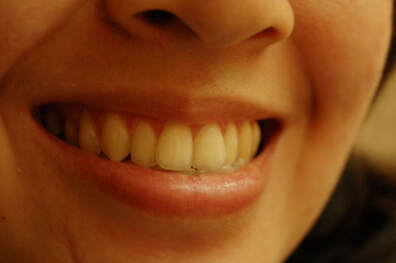 Dental hygiene is especially important in pregnancy and postpartum. During the childbearing year, there is an increased risk of having issues with your teeth and/or gums. Having issues with your teeth and/or gums can put your baby at risk for preterm birth, premature rupture of the membranes, stillbirth and low birth weight. Dental hygiene and care may prevent gum and teeth problems, including cavities & gum (periodontal disease). Periodontal disease is an infection caused by bacteria via plaque build up. Bacteria is thought to get in the bloodstream and cross over to the placenta. Bleeding of the gums is a sign of periodontal disease. Daily dental care:
Additionally you may choose to:
Care after vomiting:
If you are having excessive bleeding of your gums, a periodontal treatment may be performed at a dentist. Routine x-rays should be avoided, but if x-rays are necessary, a special apron should be worn to cover your belly and neck (thyroid). Necessary dental work can be done during pregnancy, but its best to avoid it in the first trimester. References: Han, Y. (2010). Oral Health and Adverse Pregnancy Outcomes – What’s Next? Journal of Dental Research, 90(3), 289–293. doi: 10.1177/0022034510381905 Mark, A. M. (2018). Dental care during pregnancy. The Journal of the American Dental Association, 149(11), 1001. doi: 10.1016/j.adaj.2018.09.006 Stadelmann, P. F. M., Eick, S., Salvi, G. E., Surbek, D., Mohr, S., Bürgin, W., … Sculean, A. (2014). Increased periodontal inflammation in women with preterm premature rupture of membranes. Clinical Oral Investigations, 19(6), 1537–1546. doi: 10.1007/s00784-014-1371-6 Steinberg, B. J., Hilton, I. V., Iida, H., & Samelson, R. (2013). Oral Health and Dental Care During Pregnancy. Dental Clinics of North America, 57(2), 195–210. doi: 10.1016/j.cden.2013.01.002 Breastfeeding
“Free range breastfeeding” is encouraged. Encourage baby to breastfeed as often as they like. While breastfeeding is getting established in the initial weeks, breastfeeding is recommended at least every 2-3 hours (no longer than 4 hours at night), 8-12+ times per day. If your baby is excessively sleepy, you can attempt to rouse them by undressing, playing with their feet or stroking the face. It is best to not introduce formula or pacifiers in the first weeks as to not cause nipple confusion and to encourage and adequate supply of breastmilk. Bowel Movements The first few bowel movements in the initial days are meconium and are dark, tarry like. As breastmilk changes from colostrum bowel movements become yellow, curdy like and smell like sweet or like popcorn. By the fourth day postpartum, it is normal for a breastfeed baby to have 2+ bowel movements per day. Urination In the first days after birth it is normal for there to be a little pinkish or rust color in the urine (brick dust). Your baby should have at least 1 urination in the first 24 hours. It is normal for your baby to have at least 2 wet diapers the second day, and three the third day. Once your milk is in your baby should have 6+ wet diapers per day. If you are using disposable diapers and are having difficulty deciphering a wet diaper, put a small towel in the diaper. Diapering A small amount of olive or coconut oil on the baby’s diaper area avoids the meconium to stick on the baby’s bottom and be removed easily. Wipe baby clean from front to back. Cord care Keep the diaper folded away from the umbilical cord area. Try to keep the area clean and dry. If a large area of the umbilical area becomes red and there is pus or smelly, please call your midwife. Care of the uncircumcised penis The uncircumcised penis is perfect as it is and needs no special care, it SHOULD NOT be retracted. You can point the penis downward in the baby’s diaper to keep the urine in the diaper. Skin to skin Skin to skin supports regulating baby’s temperature, heart rate, breathing, blood sugar, bonding and comfort. It also helps with maternal bonding, hormone regulation, milk production, mood and is calming. Abundant skin to skin time is important, especially during the first week. Temperature Newborns can’t regulate their temperature like adults. Keeping baby skin to skin on you is the perfect way to keep the baby comfortable and to regulate the temperature. An ideal room temperature for a newborn is over 70 degrees and without drafts. Skin to skin is optimal, with baby and mama covered with a blanket. Normal newborn temperature is 97.2 to 98.8 F (axillary, under the armpit). If the baby’s temperature is lower or higher, remove or add clothing and blankets, then retake temperature in 30-45 minutes. Heart rate Normal newborn heart rate is from 110-160 beats per minute. When your baby is sleeping the heart rate may be on the lower range of normal, when your baby is crying and active your baby’s heart rate may even be higher than 160 beats per minute. Newborn breathing Normal newborn breathing is 30-60 breaths per minute. Babies are abdominal breathers. Newborn babies may hold their breath occasionally for up to 15 seconds which is normal. It is not normal for babies to have seesaw motions while breathing. It is abnormal for newborns to gasp or flare their nostrils. Color Normal newborn color is pink, it is normal for the extremities (hands or feet) to be blue. Blue around the head, mouth or torso is abnormal. Jaundice Jaundice (yellowing of the skin and eyes) often occurs with newborns. Jaundice appearing within the first 24 hours is abnormal and is an indication to be seen by a doctor. Normal jaundice appears at day 3 and resolves around 2 weeks. A baby with normal jaundice should be breastfeeding often, having sufficient dirty diapers and should not be lethargic. Normal jaundice treatment includes dressing the baby and place them in a draft free, warm, sunny window for 20 minutes. Sunshine promotes the breakdown of bilirubin. Weight In the first few days postpartum your newborn may lose up to 10% of its body weight while your milk is transitioning from colostrum to milk. Once your milk is in, it is normal for your baby to gain 1/2-1 ounce daily. Spit up In the first few days postpartum your baby may spit up a small amount of clear or brown fluid which is likely amniotic fluid or blood from the birth. It is abnormal for your baby to have projectile vomiting. Burping Babies benefit from being burped to get air bubbles out. You can lightly pat on your baby’s back while your baby is resting on your chest and shoulders. Your baby also may like to sit up with support with you cradling your baby’s head in your hand. Sleeping Newborns sleep collectively 18 hours a day. A newborn baby should not sleep consecutively for more than 5 hours per day. Co-sleeping Co-sleeping is innate and works well for many families. Co-sleeping allows a mother to breastfeed her baby while sleeping beside her baby. Safe co-sleeping entails sleeping on a firm bed, without soft blankets or pillows near the baby. Babies are recommended to sleep on their backs or sides. Co-sleeping is not safe on a water bed, a very soft bed, if a mother or father is using drugs or alcohol, if the parent is a heavy sleeper or obese. Holding your baby Babies CAN’T be spoiled, please hold your baby whenever your baby likes and when you like to. Your baby is used to being with you in your abdomen 24/7 and is adjusting to extrauterine life. Baby wearing Baby wearing is a practice that works well for many babies, mamas and papas. Safe baby wearing encourages the baby’s head to have an adequate airway with the neck not being cramped, the nose and mouth having space to breath. To encourage proper newborn body mechanics a baby should be not worn forward facing (baby looking out). Babies legs should be spread. Nail clipping A baby nail file or clippers can be used to cut long nails. Newborns nails are often long when they are born. Bathing Babies don’t get very dirty, they don’t need to be bathed more than a few times weekly, Babies may get some build up under and in their creases, so they may benefit from getting them wiped out. When you choose to give your baby a bath, be aware of the temperature of the air, optimally will be at least 80 degrees and draft free. The water of the bath should be 98-100. It is best to use gentle, natural soap, Castile soap and/or shampoo. 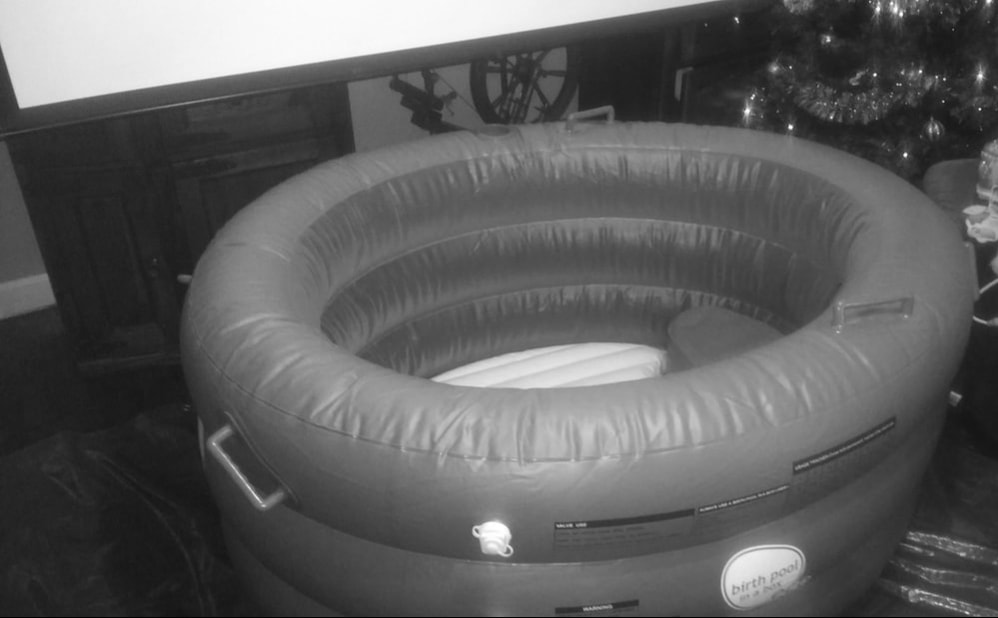 In preparation for your home birth you don’t really need a lot of extra supplies, and many items you likely have already at home. There are some supplies that you can gather together to make your labor, birth and postpartum preparation seamless. It is helpful to keep your supplies in a bin, box or table covered up and ready for when labor starts. Some items like an umbilical cord ring, clamp your midwife will either suggest you purchase in a home birth kit like this https://www.radiantbelly.com/gentlemama.html or she may provide them for you. As a midwife and home birth mama, I prepared a list with rationale of items to collect. You don’t need all of these items, but you may find many are helpful to have available. Home Birth Supplies to Collect Nourishing items
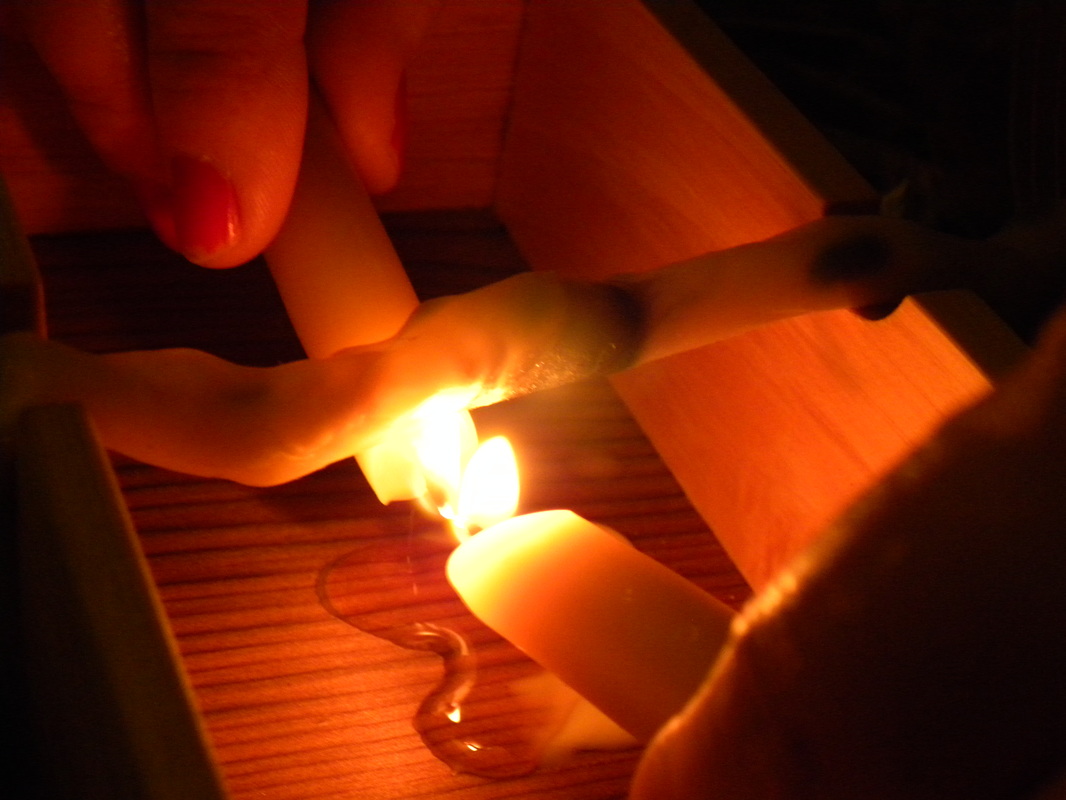 The physiology of pregnancy and birth are natural, yet miraculous events. The placenta and umbilical cord nourish the baby while it is in utero. A lovely way to honor this gift of nourishment is to burn the umbilical cord. Cord burning is a sacred process where the baby is separated from the gift of life, the placenta by cauterization. Cord burning eliminates the need for sterile tools to clamp and cut the cord. Environmentally cord burning eliminates the need for a plastic cord clamp or other disposable clamping devices. The umbilical cord is catheterized eliminating risk of infection with fire/heat. The heat is warming and brings energy, Chi to the newborn. Traditional Chinese Medicine (TCM) believes that the placenta holds Chi. During birth a lot of heat is lost. Cord burning brings heat and draws the vital essence from placenta to the baby, strengthening the baby (Couch, 2015). The cord burning process takes around 10 minutes. During the cord burning process a song can be sang, prayers can be said or the baby can be simply marveled at. Delayed cord clamping occurs when cord burning is practiced, ensuring that the baby receives all of its blood and stem cells from the placenta. Immediate cord clamping deprives the baby of 30% of the baby’s blood volume which can cause hypovolemia, anemia and the need for blood transfusion. Delayed cord clamping results in higher hematocrit and hemoglobin levels (Andersson, Hellström-Westas, Andersson, Dommellöf, 2011). What is needed for cord burning:
*If there is an oxygen tank in the room, be sure that it is turned off and not open* Process
*There may be popping sounds when the blood gases are escaping from the cord being burnt* More information can be found here: http://www.cordburning.com https://www.youtube.com/watch?v=VcsoTTj2vOA Cord Burning Boxes: Patricia Edmunds, Oregon midwife sells beautiful wood cord burning boxes. She can be reached here: [email protected] Ceramic Cord Burning Bowls: Heidi Hennigan 720-295-2492 Tnb.heidi@gmail.com www.TenderNewBeginnings.com References: Andersson, O., Hellström-Westas, L., Andersson, D., & Domellöf, M. (2011). Effect of delayed versus early umbilical cord clamping on neonatal outcomes and iron status at 4 months: a randomised controlled trial. Bmj, 343, d7157. Couch, P. (2015) Personal communication 10 Epic Birth Videos All Available on YouTube! (WARNING: all videos contain nudity)
1.Birth in the Squatting Position A Brazilian film from the 70’s shows several births in the squatting position. Mamas give birth without interference to babies on a soft surface or into their own hands, innately greeting and lifting their babies after a birth pause. https://www.youtube.com/watch?v=aAF5n3GBkPA 2. Birthing Beyond Fear: Enchanting Births in France Vintage, french, ecstatic, fearless compilation of births in France. Some of the amazing births are in a clear water birth tub, including the water birth of twins! https://www.youtube.com/watch?v=IX7bVQZWlYg 3. Flex Ad, Home Birth (English Subtitles) - Anuncio Flex Parto En Casa (Subtitilos en Inglés) Actually a Spanish commercial, the Flex bed advertisement so charmingly portrays the essence of home birth. https://www.youtube.com/watch?v=4PTXD9FbPDA 4. Lachen’s Waterbirth Funny, sweet hypno, water, home birth outside in a jacuzzi with dad catching and the support of siblings, friends and midwives. https://www.youtube.com/watch?v=hjIRd1oDu04 5. Our Home Water Birth, Surprise Gender Sweet home, water birth of a baby born in the caul. Beautiful cinematography! https://www.youtube.com/watch?v=HFzam3HFjnE 6. Birth in Nature: Natural Birth A mama gives birth in near a creek outdoors with her husband, children and friends nearby. Completely primal, beautiful, physiologic birth. https://www.youtube.com/watch?v=EsNhCWsDVQI 7. The Birth of Natural Childbirth Beautiful, peaceful, tranquil, hypo- water birth at home. https://www.youtube.com/watch?v=pBf-mSZyPLw 8. BirthofSloane Gorgeous, amazingly filmed home water, birth. The cord is separated by cord burning. https://www.youtube.com/watch?v=pSyCal8fqig 9. The Unassisted Home Birth of Felix Alexander Part 2: Emergence Raw, primal, unassisted home birth of baby with the support of siblings and father. The first part of the this birth was unavailable. https://www.youtube.com/watch?v=FjaSjUw8PmM 10. Birth of Frankie Beautifully filmed home water birth with dad catching his baby. https://www.youtube.com/watch?v=NbqTA7uhkWk <div id="google_translate_element"></div><script type="text/javascript"> function googleTranslateElementInit() { new google.translate.TranslateElement({pageLanguage: 'en', includedLanguages: 'es', layout: google.translate.TranslateElement.InlineLayout.SIMPLE}, 'google_translate_element'); } </script><script type="text/javascript" src="//translate.google.com/translate_a/element.js?cb=googleTranslateElementInit"></script> |
AuthorCeleste Groenenberg BSM, CPM, LM Archives
February 2022
Categories |
|
OUR CHELSEA OFFICE is located at:
110 N Main Street #3, Chelsea, MI 48118 Upstairs & located near the "Kitty Face" toy store www.google.com/maps/place/110+N+Main+St,+Chelsea,+MI+48118/@42.3184476,-84.0224423,17z/data=!3m1!4b1!4m5!3m4!1s0x883ccc01bbaadceb:0x7d3948db4e160a60!8m2!3d42.3184476!4d-84.0202536 NEW JACKSON OFFICE: 510 E. McDevitt Avenue, Jackson, Michigan 49203 www.google.com/maps/place/510+E+McDevitt+Ave,+Jackson,+MI+49203/@42.1968296,-84.3990542,17z/data=!4m6!3m5!1s0x883d248a9f1b5eaf:0xa7048f9dca4aeccf!8m2!3d42.1968296!4d-84.3964793!16s%2Fg%2F11c29jq9zc?entry=ttu |
|
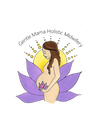
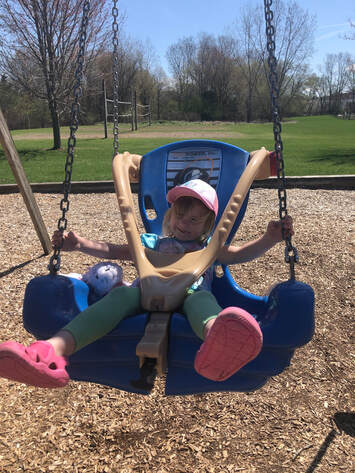
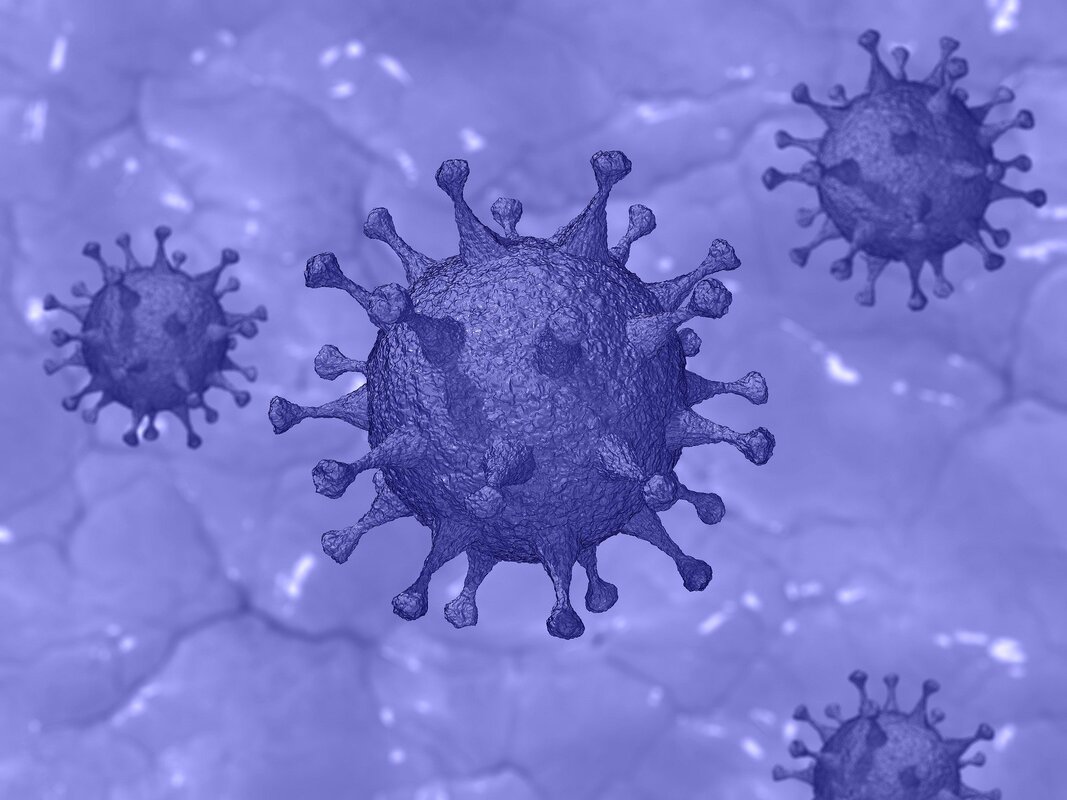
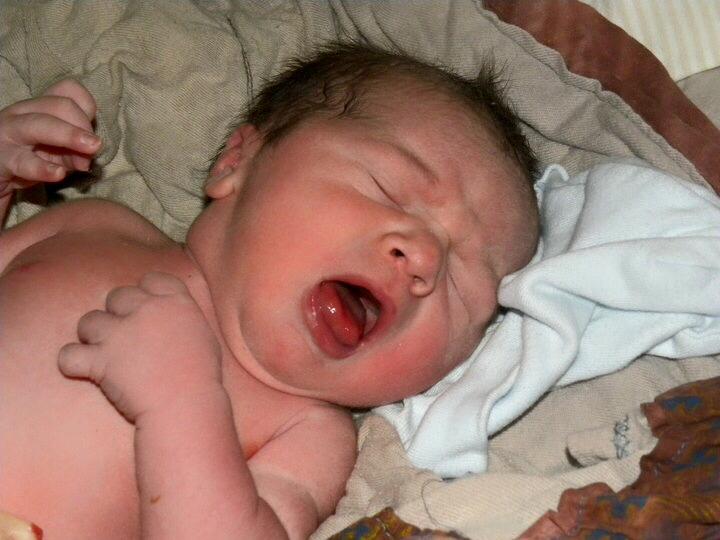
 RSS Feed
RSS Feed
